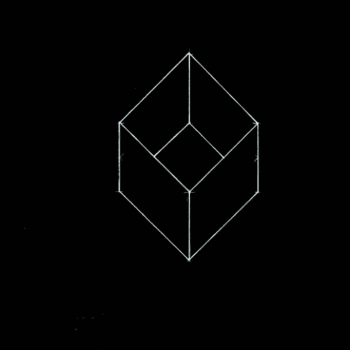Let's look at the parent function: #sqrt(x)#
The domain of #sqrt(x)# is from #0# to #oo#. It starts at zero because we cannot take a square root of a negative number and be able to graph it. #sqrt(-x)# gives us #isqrtx#, which is an imaginary number.
The range of #sqrt(x)# is from #0# to #oo#
This is the graph of #sqrt(x)#
graph{y=sqrt(x)}
So, what is the difference between #sqrtx# and #-2 * sqrt(x-3) + 1#?
Well, let's start with #sqrt(x-3)#. The #-3# is a horizontal shift, but it is to the right, not the left. So now our domain, instead of from #[0, oo)#, is #[3, oo)#.
graph{y=sqrt(x-3)}
Let's look at the rest of the equation. What does the #+1# do? Well, it shifts our equation up one unit. That doesn't change our domain, which is in the horizontal direction, but it does change our range. Instead of #[0, oo)#, our range is now #[1, oo)#
graph{y=sqrt(x-3)+1}
Now let's see about that #-2#. This is actually two components, #-1# and #2#. Let's deal with the #2# first. Whenever there is a positive value in front of the equation, it is a vertical stretching factor.
That means, instead of having the point #(4, 2)#, where #sqrt(4)#
equals #2#, now we have #sqrt(2*4)# equals #2#. So, it changes how our graph looks, but not the domain or the range.
graph{y=2 * sqrt(x-3)+1}
Now we've got that #-1# to deal with. A negative in the front of the equation means a refection across the #x#-axis. That won't change our domain, but our range goes from #[1, oo)# to #(-oo, 1]#
graph{y=-2sqrt(x-3)+1}
So, our final domain is #[3,oo)# and our range is #(-oo, 1]#

